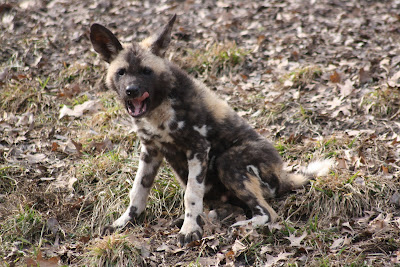An experience or idea that has been classified as "ultimate" usually means that this experience was amazing, beyond the norm, and uniquely exciting, even the best of its kind. No other is necessary because the 'ultimate' is the best.
So what would be the Ultimate ZooVenture? Well, it would be whatever you imagine as the perfect zoo. Whether this perfection lie in the absence of a zoo or in the happy housing of all of your favorite animals, you are the ultimate judge of what makes your zoo worthy of ultimate adventure status.
Since we live on Earth, perfection is a concept that lies just beyond reach, over the rainbow, so to speak. Or, as some may suggest, perfection is everywhere, and most things are perfect just the way they are. Whatever your definition of perfect, of ultimate, there must, according to certain scientific principles, be something that is less, something that precedes the ultimate. This is the penultimate. The one that comes just before the better one. The one that was previously the best, but has now been displaced by something better, or more final. The thing that comes after the penultimate is the ultimate. There is no penultimate without an ultimate.
So, what would be the PenUltimate ZooVenture? Well, it would be the zoo you design using Zoo Tycoon 2 software, of course! Or, if you're an analytical type of person, it would be the zoo in real life that most closely resembles that zoo of your dreams. In the context I wish to use, Zoo Tycoon 2 is used to create the zoo of my dreams (with the exception of the species selection... the real Dream Zoo is in my brain) and nothing would be better than this digital zoo other than the real life zoo itself.
A real zoo where there is unlimited money, dodo birds, and mood-readers for every animal and person would be the Ultimate Zoo would it not? But since this is a computer game and dodo birds are extinct, Zoo Tycoon can only produce for me the inferior, but astonishingly awesome, PenUltimate ZooVenture.














